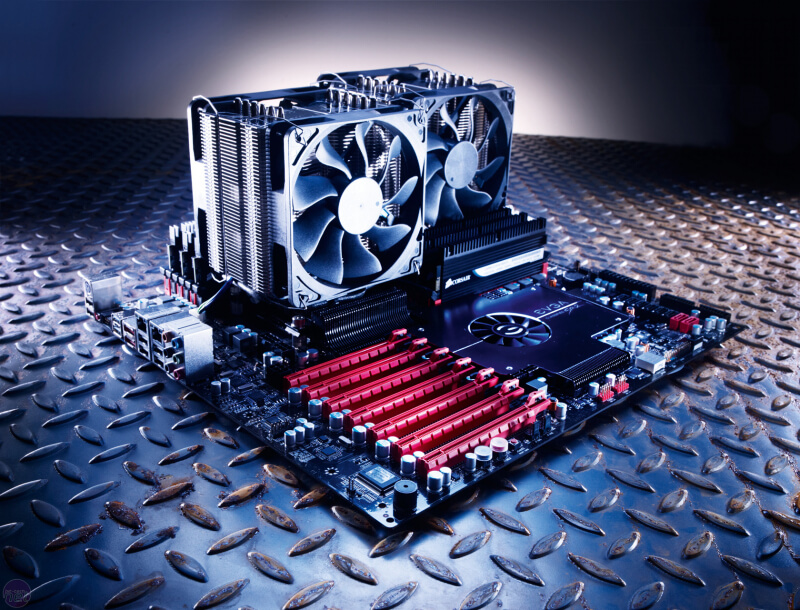Learn why this is the correct answer

ATX (not in the list above). The most mainstream and common motherboard form factor, ATX was created by Intel in 1995. The typical size of an ATX motherboard is about 9.6" x 12".
EATX: 13" x 12" -- A fully-featured ATX motherboard with an extended width of 13" and height of 12" instead of ATX's maximum of 12" x 9.6" This form factor is also commonly used in rackmount servers.
BTX: 12.8" x 10.5" -- Released in 2004 by Intel as a replacement for the ATX form factor, BTX boards brought improvements including better thermals for power-hungry parts such as the Pentium 4. In the. standard BTX layout, the RAM slots and expansion slots were parallel to each other. PC makers including Dell used the form factor for some machines but it never gained traction and was cancelled (also by Intel) in 2006.
Ultra ATX: 14.4" × 9.6" -- Developed by Foxconn and first shown on its F1 motherboard prototype at CES 2008, this form factor is essentially an oversized version of ATX that requires a full tower chassis.
XL-ATX: 10.3" x 13.5" -- EVGA released the first XL-ATX board in 2009 (X58 Classified 4-way SLI) while Gigabyte and MSI followed with models of their own in 2010. But as with most of these form factors, you'd be hard pressed to find a new one for sale today.
HPTX: 15" x 13.6" -- A year after releasing its first XL-ATX board, EVGA followed up with the first one using the HPTX form factor (the "Super Record 2" or SR-2 mobo), which was designed to accommodate dual QPI LGA 1366 socket CPUs and 12 DDR3 RAM slots.